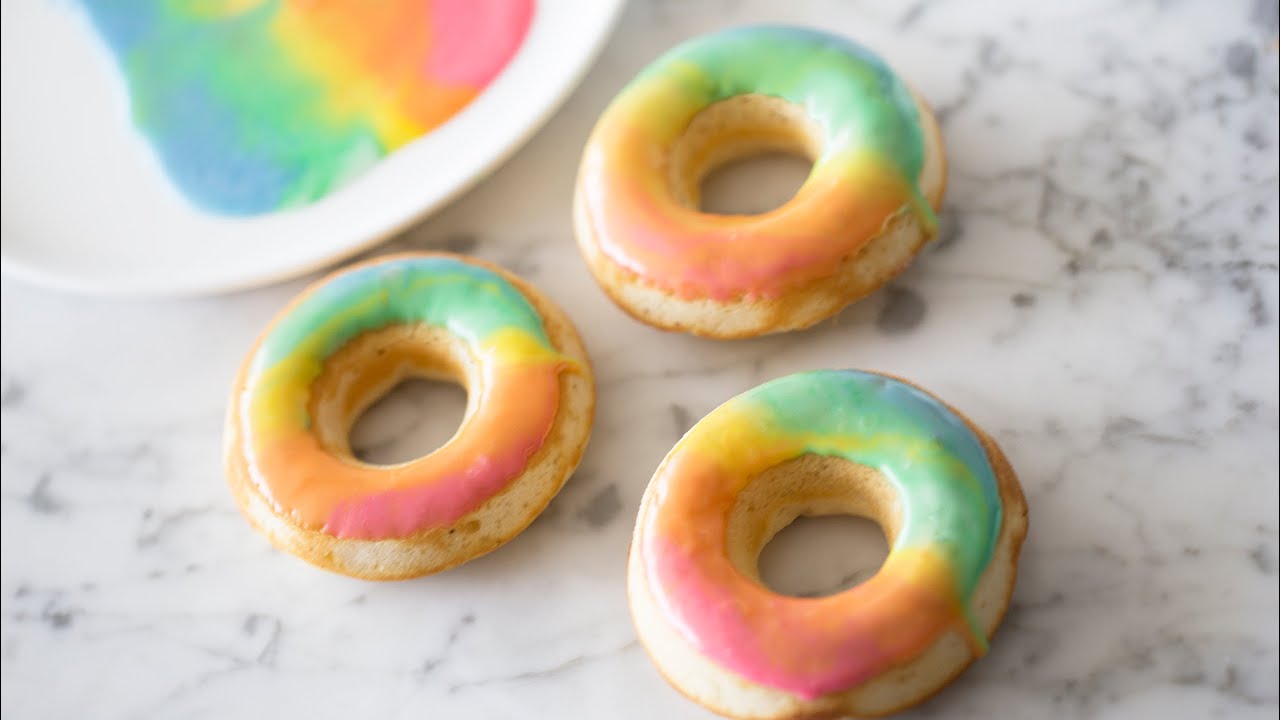
Donuts are a beloved treat around the world, celebrated for their delightful flavors and often vibrant, eye-catching colors. The aesthetics of donuts play a crucial role in their appeal, and food colors are key to creating the visual allure that entices consumers. This blog explores the fascinating world of food colors used in donut production, examining the types of colors, their applications, challenges, and trends shaping this sweet industry.
The Role of Food Colors in Donuts
Food colors are essential in donut making, enhancing their visual appeal and contributing to the overall sensory experience. The vibrant hues of glazed, iced, and sprinkled donuts make them irresistible, especially in a competitive market where appearance can significantly influence consumer choice. The application of food colors can transform a simple donut into a piece of edible art, perfect for themed occasions, holidays, and everyday indulgence.
Types of Food Colors Used in Donuts
Food colors used in donuts can be broadly categorized into synthetic and natural colors. Each type has its own set of characteristics, benefits, and challenges.
Synthetic Colors:
Vibrancy and Consistency: Synthetic colors are known for their bright, consistent hues. They are widely used in donut production due to their ability to produce a wide range of vibrant colors that remain stable during baking and storage.
Common Examples: FD&C Red No. 40, FD&C Yellow No. 5, and FD&C Blue No. 1 are commonly used synthetic colors in donuts. These colors are favored for their intense pigmentation and reliability.
Natural Colors:
Consumer Demand: With increasing consumer awareness and demand for clean-label products, natural colors are gaining popularity. These colors are derived from natural sources such as fruits, vegetables, and minerals.
Sources and Examples: Beet juice (red), turmeric (yellow), spirulina (blue-green), and anthocyanins from berries (purple) are examples of natural colorants used in donuts.
Challenges: Natural colors can be less stable and consistent compared to synthetic dyes. They may require more precise handling and can be affected by factors such as light, temperature, and pH levels during the baking process.
Applications of Food Colors in Donuts
Food colors are used in various stages of donut production to create visually appealing products:
1. Glazes and Icing:
The glaze or icing on a donut is often the most colorful part. Food colors are mixed into the icing to create a glossy, vibrant finish. This can be a single color or multiple colors swirled together for a marbled effect.
2. Sprinkles and Decorations:
Sprinkles are another way to add color to donuts. They come in a rainbow of colors and can be applied to the icing while it is still wet, adhering firmly as it dries. These small, colorful additions can significantly enhance the visual appeal of donuts.
3. Dough:
In some cases, food coloring is added directly to the donut dough to create a colored interior. This is common for themed donuts, such as those for holidays or special occasions, where the entire donut is colored to match a theme.
Challenges in Using Food Colors
Using food colors in donut production comes with its own set of challenges:
1. Stability: Ensuring that colors remain vibrant and stable throughout the production and storage processes can be difficult, especially with natural colorants that are sensitive to environmental conditions.
2. Flavor Impact: Some natural colorants can impart flavors to the donuts. For instance, using beet juice for red coloring might add a subtle earthy taste, which may not be desirable for all flavor profiles.
3. Cost: Natural colors are generally more expensive than synthetic ones. The higher cost can impact the overall pricing strategy for donut manufacturers aiming to meet the demand for natural ingredients.
Trends and Innovations
The donut industry is evolving, with several trends influencing the use of food colors:
1. Clean Labeling: Consumers are increasingly looking for clean-label products with natural ingredients. This trend is pushing donut manufacturers to explore more natural color options and innovate with plant-based dyes.
2. Health Consciousness: There is a growing trend towards using food colors derived from superfoods, such as spirulina, which not only add color but also boast nutritional benefits.
3. Technological Advances: Advances in food technology are helping to improve the stability and vibrancy of natural colors. Encapsulation and other techniques are being developed to protect natural pigments from environmental factors that could cause them to degrade.
4. Customization: Custom-colored donuts for events, corporate branding, and personal preferences are becoming popular. This trend is driving innovation in both synthetic and natural colorants to meet specific customer demands.
Conclusion
Food colors are a vital component in the world of donuts, contributing significantly to their visual and sensory appeal. While synthetic food colors offer vibrancy and consistency, the rising demand for natural ingredients is driving innovation and challenges in using natural colorants. The future of donut coloring lies in balancing these demands with technological advancements to create appealing, safe, and delightful treats that continue to captivate consumers. As the industry evolves, the palette of possibilities for donut food colors is expanding, promising even more visually stunning and delicious donuts for everyone to enjoy.

